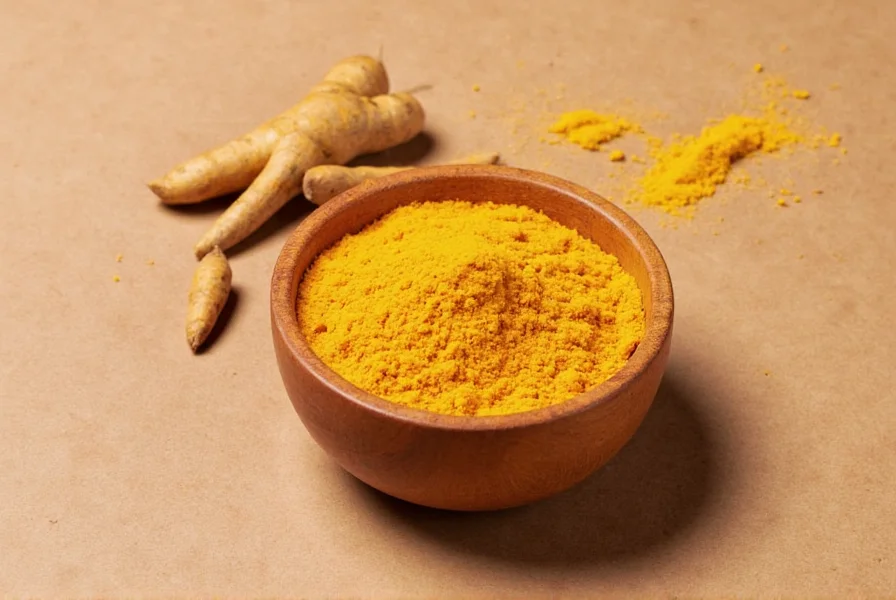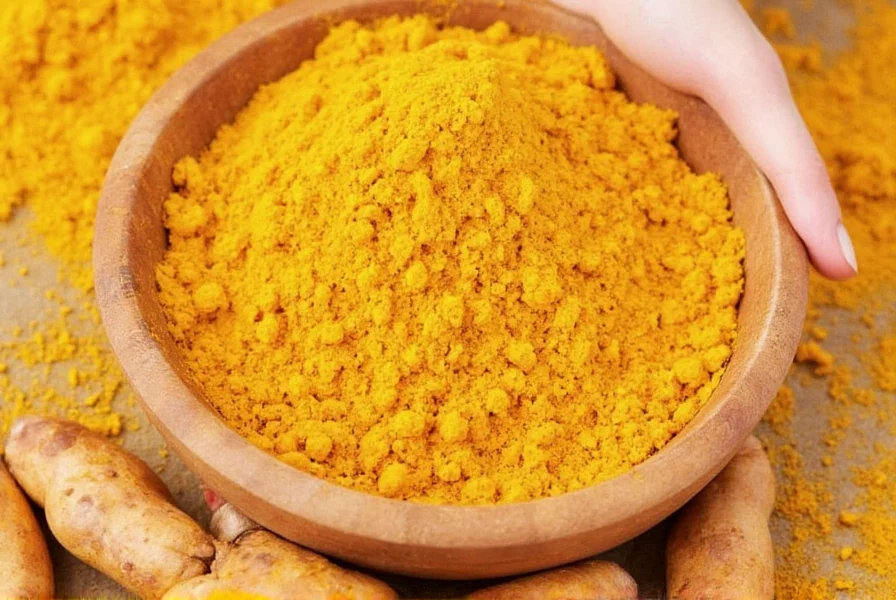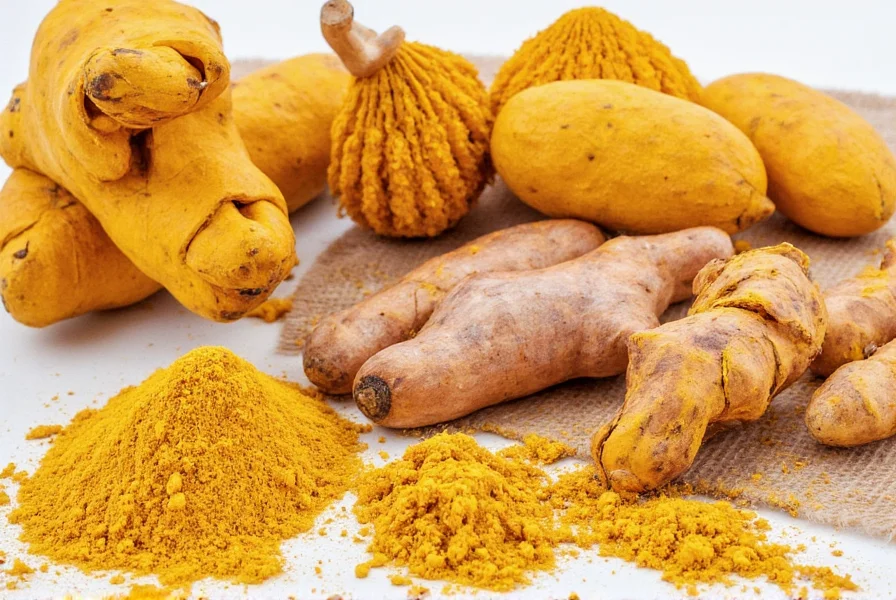The most scientifically supported turmeric alternatives for anti-inflammatory benefits include ginger, black pepper (specifically piperine), cinnamon, and rosemary. For culinary applications requiring yellow color, saffron or annatto seeds serve as effective substitutes. The optimal choice depends on your specific need: ginger provides comparable anti-inflammatory properties, while black pepper significantly enhances bioavailability of other beneficial compounds.
Many people seek natural turmeric substitutes for various reasons including allergies, availability issues, or simply wanting to diversify their dietary options. Turmeric, particularly its active compound curcumin, has gained popularity for its anti-inflammatory and antioxidant properties. However, not everyone can incorporate it into their daily routine due to taste preferences, potential interactions, or digestive sensitivities.
This comprehensive guide explores evidence-based alternatives to turmeric, comparing their health benefits, culinary applications, and scientific backing. Whether you're looking for what to use instead of turmeric for inflammation or need a cooking substitute, we'll help you make an informed decision based on current research.
Top Turmeric Alternatives for Health Benefits
Ginger: The Closest Relative
Ginger shares many therapeutic properties with turmeric as both belong to the Zingiberaceae plant family. Research published in the Journal of Medicinal Food demonstrates that ginger contains potent anti-inflammatory compounds called gingerols that work through similar pathways as curcumin.

For those specifically seeking alternatives to turmeric for arthritis, ginger shows promising results. A systematic review in Osteoarthritis and Cartilage found ginger extract significantly reduced knee pain in osteoarthritis patients. The recommended daily dose ranges from 1-2 grams of fresh ginger or 250-500 mg of standardized extract.
Black Pepper: The Bioavailability Booster
While not a direct substitute, black pepper—specifically its active component piperine—serves as an exceptional complement to other anti-inflammatory compounds. Piperine increases the bioavailability of various nutrients by up to 2,000% according to research in Planta Medica.
When exploring natural alternatives to turmeric supplements, consider combining other beneficial compounds with black pepper. This approach mimics the traditional Ayurvedic practice of combining turmeric with black pepper to enhance curcumin absorption.
Cinnamon: The Metabolic Regulator
Cinnamon offers impressive anti-inflammatory properties alongside benefits for blood sugar regulation. A study in the Journal of the Academy of Nutrition and Dietetics found cinnamon reduced inflammatory markers in people with type 2 diabetes.
For those searching for what can I use instead of turmeric in cooking that provides similar health benefits, cinnamon works well in both sweet and savory dishes. Just one teaspoon (2-4 grams) daily provides significant benefits without the distinctive yellow color of turmeric.
Comparing Turmeric Alternatives
| Alternative | Key Active Compounds | Anti-Inflammatory Strength | Culinary Uses | Recommended Daily Dose |
|---|---|---|---|---|
| Ginger | Gingerols, shogaols | High (comparable to turmeric) | Savory dishes, teas, baked goods | 1-2g fresh, 250-500mg extract |
| Black Pepper | Piperine | Moderate (primarily enhances other compounds) | Universal seasoning | 5-10mg piperine |
| Cinnamon | Cinnamaldehyde | Moderate-High | Sweet dishes, curries, beverages | 1-4g (1/2-2 tsp) |
| Rosemary | Carnosic acid, rosmarinic acid | Moderate | Meats, roasted vegetables, breads | 1-4g fresh, 250-500mg extract |
| Saffron | Crocin, safranal | Moderate | Rice dishes, sauces, desserts | 15-30mg |
Choosing the Right Alternative for Your Needs
Selecting the best turmeric alternative for specific health conditions requires understanding your primary goal. For inflammatory conditions like arthritis, ginger provides the most comparable benefits. If you're looking for what to substitute for turmeric in golden milk, consider combining cinnamon, black pepper, and a pinch of saffron for both color and complementary health benefits.
For culinary applications where color matters most, saffron offers the closest visual substitute, though it's significantly more expensive. Annatto seeds provide a more affordable yellow coloring option commonly used in Latin American cuisine.
Scientific Evidence Behind Turmeric Alternatives
While turmeric research is extensive, studies on alternatives are growing. A 2022 review in Nutrients analyzed 42 clinical trials on ginger and confirmed its anti-inflammatory effects are comparable to low-dose NSAIDs for certain conditions. Similarly, research in Frontiers in Pharmacology demonstrated that rosemary extract reduced inflammatory markers by 20-30% in human trials.
It's important to note that most alternatives don't match turmeric's specific mechanism of action, but they work through complementary pathways. This makes combination approaches often more effective than seeking a single perfect substitute.
Practical Usage Recommendations
For those exploring natural alternatives to turmeric supplements, consider these practical tips:
- Combine ginger and black pepper for enhanced anti-inflammatory effects
- Use cinnamon in morning beverages as a turmeric alternative in golden milk
- Add rosemary to roasted vegetables for a flavorful anti-inflammatory boost
- For topical applications, consider arnica or comfrey as external alternatives

Remember that dietary changes work best as part of a comprehensive approach to health. Consult with a healthcare provider before making significant changes, especially if you have existing health conditions or take medications.











 浙公网安备
33010002000092号
浙公网安备
33010002000092号 浙B2-20120091-4
浙B2-20120091-4